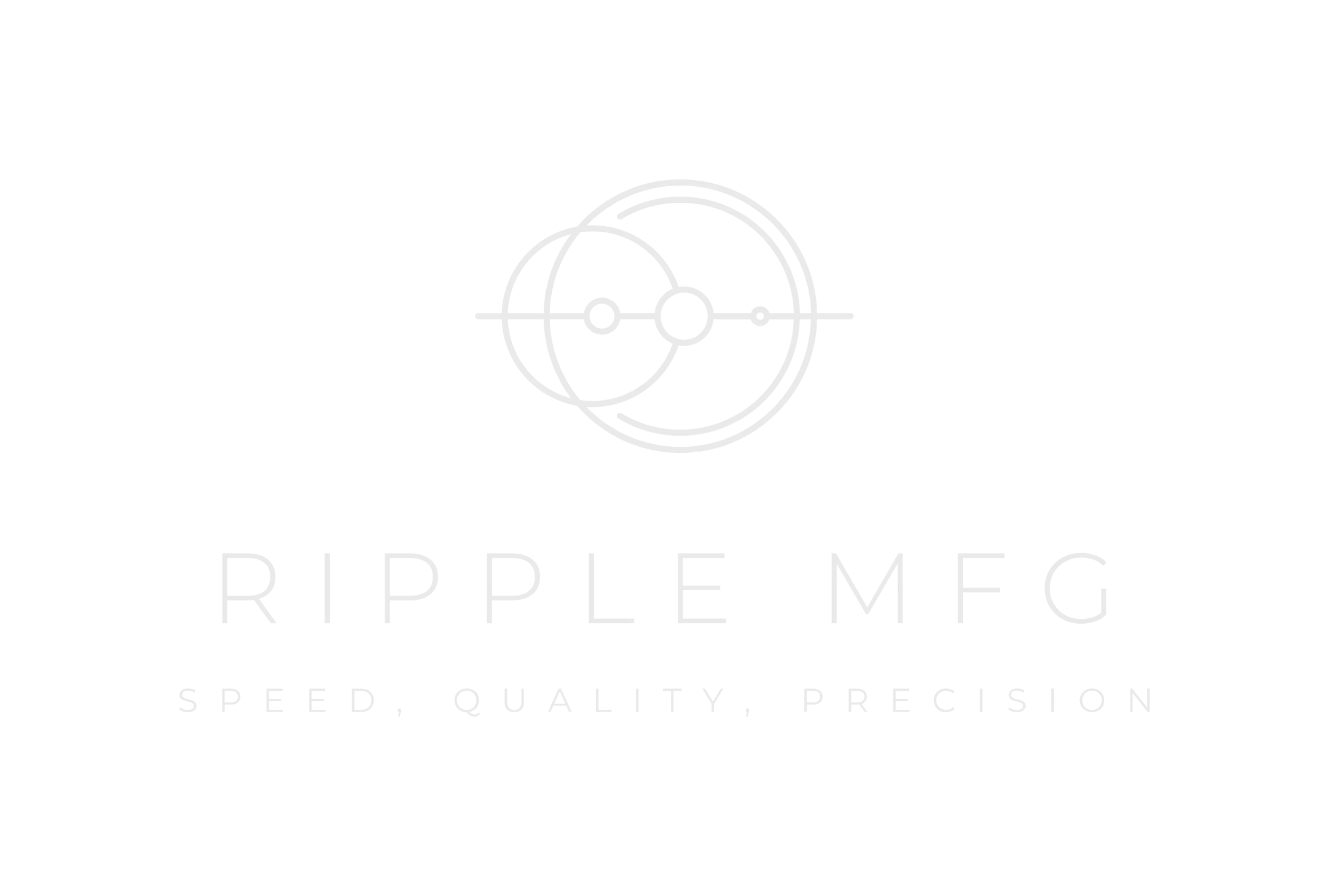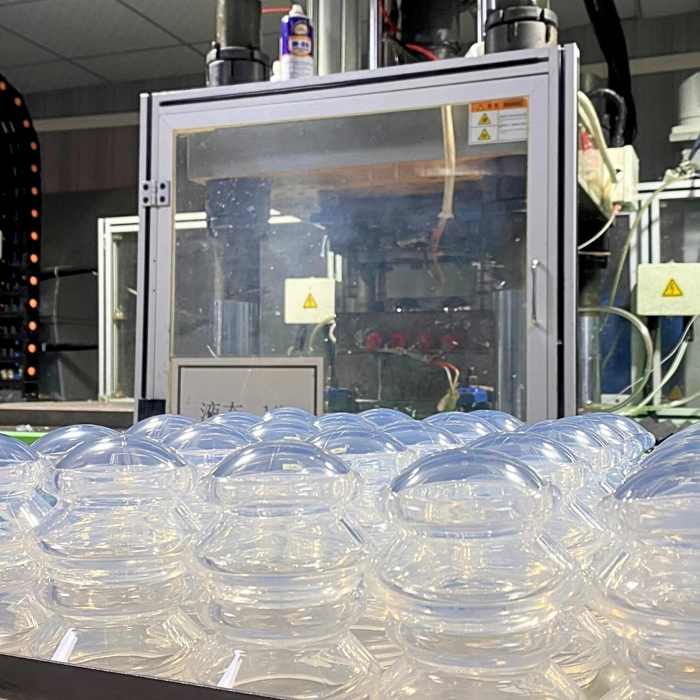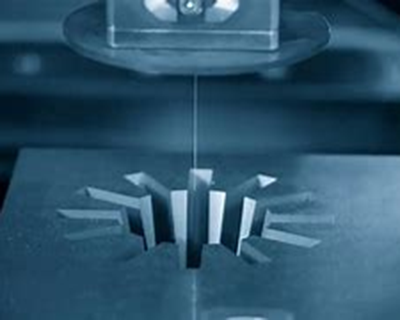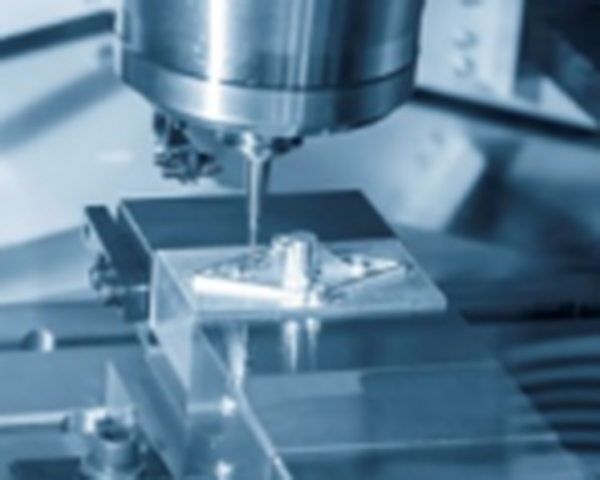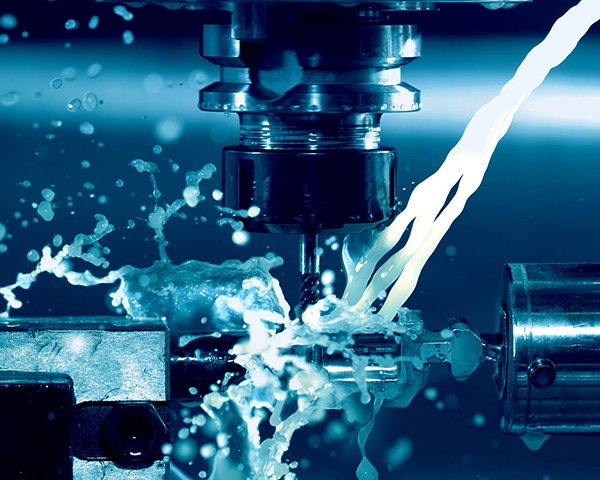Introduction to Sheet Metal Processing
Sheet metal processing is a pivotal technology that sheet metal technical staff needs to grasp, and it is also an important process for forming sheet metal products. Sheet metal processing includes traditional methods and process parameters such as cutting and downgrading, punching and cutting processing, bending and forming, etc. It also includes various cold stamping die structures and process parameters, various equipment working principles and manipulation methods, and also includes new stamping technology and new processes.
Sheet metal processing is called sheet metal processing. For example, sheet metal is used to make chimneys, barrels, oil tanks, ventilation pipes, elbows, small and large heads, round heads, funnel shapes, etc. The main processes are shearing, bending and edge-buckling, bending and forming, welding, riveting, etc., which require certain geometric knowledge. Sheet metal parts are thin sheet metal parts, that is, parts that can be processed by means of stamping, bending, stretching, etc. A general definition is that the thickness of the parts remains unchanged during processing. The corresponding parts are cast parts, forged parts, machined parts, etc.
Sheet Metal Processing Methods
Non-mold processing: A processing method for sheet metal by means of digital punching, laser cutting, shearing machine, bending machine, riveting machine, etc. It is generally used for sample making or small batch CNC machining production, and the cost is higher. Short processing cycle and quick response.
Mold processing: The sheet metal is processed by fixed molds, generally with undercutting mold and forming mold, mainly used for mass production and lower cost. Manufactured by prototype manufacturing companies, high front-end mold cost and guaranteed part quality. Long lead time for front-end processing and high tooling cost.
Sheet Metal Processing Flow
Downfeed: Digital punching, laser cutting, shearing machine
Forming: bending, stretching, punching: bending machine, punching machine, etc.
Other processing: press riveting, tapping, etc.
Welding: Sheet metal connection method
Surface treatment: Powder spraying, electroplating, wire drawing, silk-screening, etc.
- Aerospace Advancements: Breaking Barriers with Precision Prototype MachiningJanuary 5, 2024As we continue to explore the boundless possibilities of space travel and aerospace engineering, one crucial element stands at the forefront of innovation – precision prototype machining. From pushin...view
- What Are the Applications of 4-Axis CNC Machining Services?September 14, 2024About 4-Axis CNC Machining ServicesIn 4-axis CNC milling, the fourth axis is added to the movement of the cutting tool, allowing it to rotate around the x-axis. Now, there are four axes: the x-axis, y...view
- Development History Of Injection MoldingFebruary 27, 2023Introduction to Injection Molding Injection molding is also known as injection molding, which is a kind of injection and molding method. The advantages of injection molding method are fast production ...view
- Medical Marvels: Innovations in Prototype Machining for Healthcare DevicesJanuary 5, 2024In today's rapidly advancing world, innovation in the healthcare sector has become essential for better patient outcomes. One area that has seen remarkable progress is prototype machining for heal...view
- Speeding Up Style: Custom Rapid Prototyping in Fashion DesignNovember 23, 2023Fashion is an ever-evolving industry that thrives on innovation and creativity. It is an art form that allows individuals to express their unique personalities and showcases the latest trends. In rece...view
- Precise Tool and Manufacturing Technology: The Precise Force Driving Industrial ProgressSeptember 18, 2024The Importance of Precise Tool and Manufacturing TechnologyIn modern industry, the application of precise tool and manufacturing is becoming increasingly widespread. They are not only a symbol of tech...view
